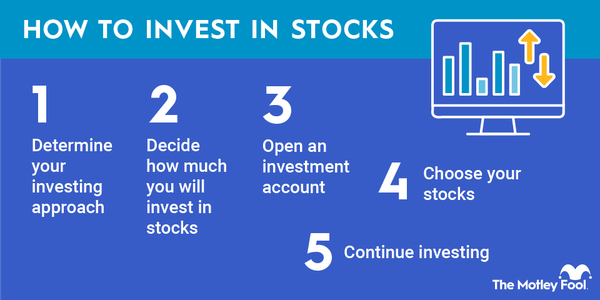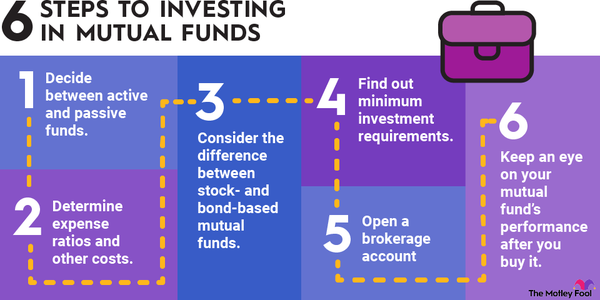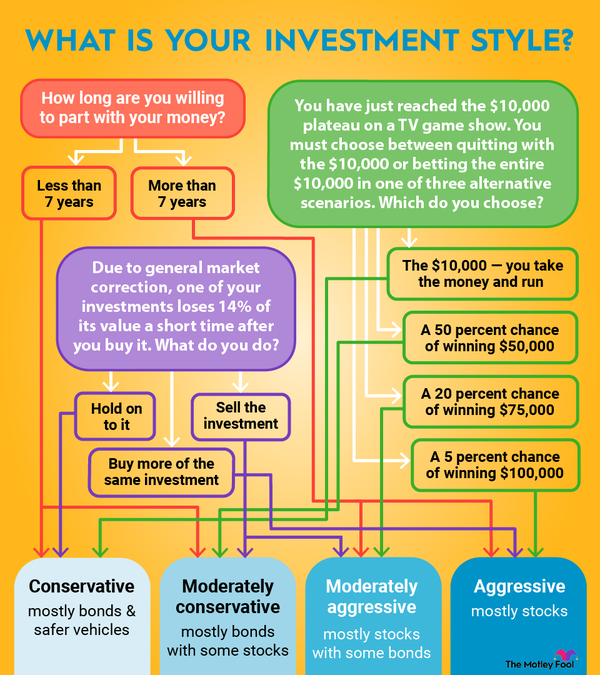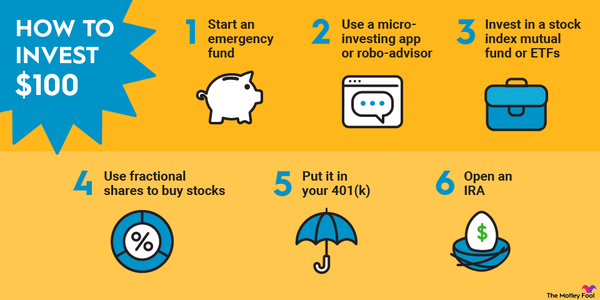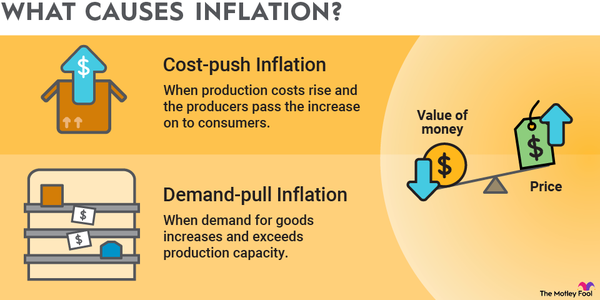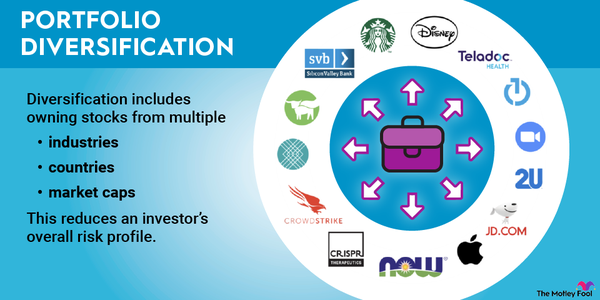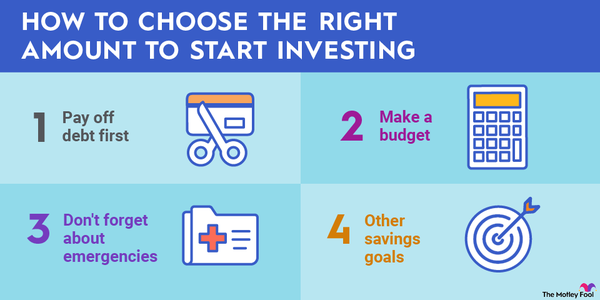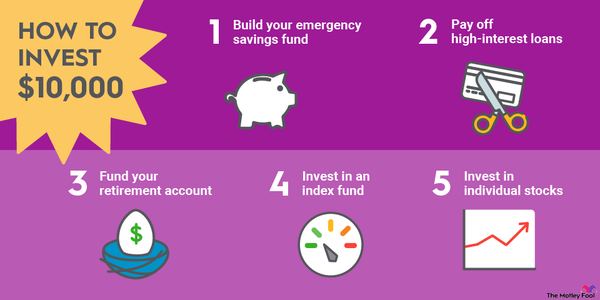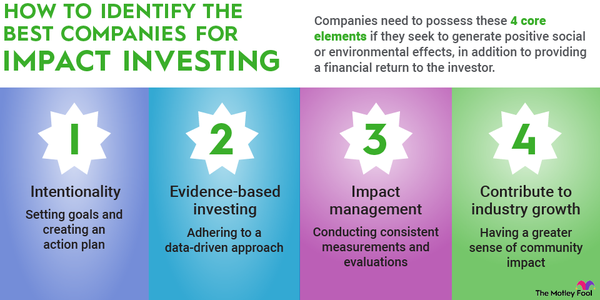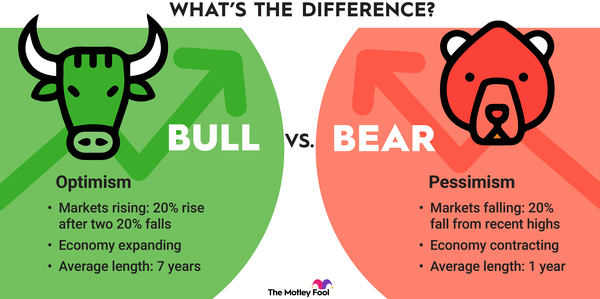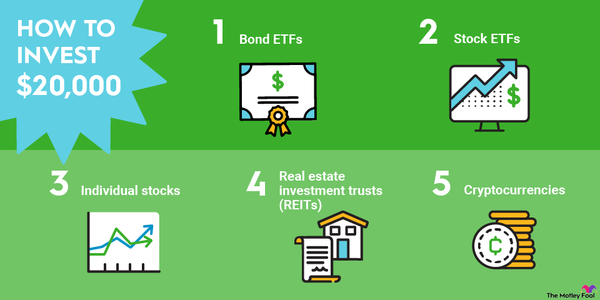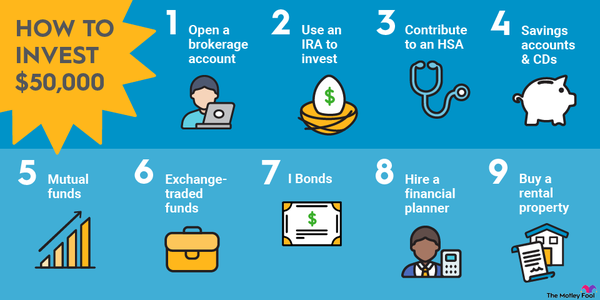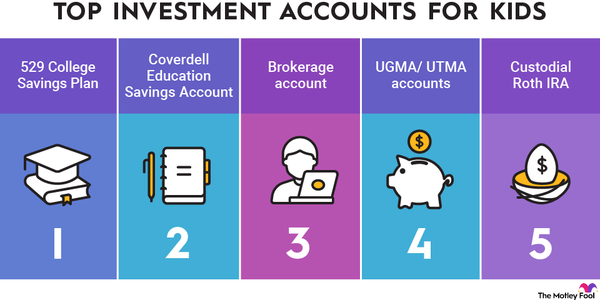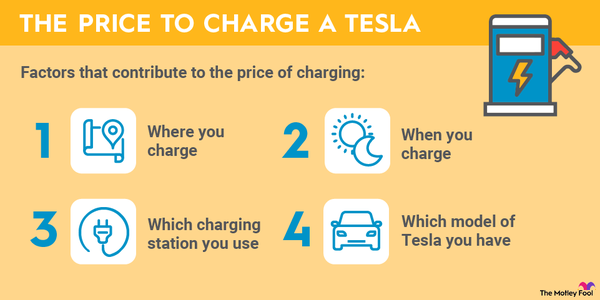As investors, it’s important for us to understand both accounting and economic concepts, like the equilibrium level of income -- it makes us better at choosing good companies that can go the distance. For us, the law of supply and demand is everything, so when a company makes the same amount of product as is in demand, that’s financial nirvana.
So if your favorite company makes snack cakes, and they’ve somehow managed to crack the code on just how many snack cakes it takes to perfectly satisfy consumer demand, they’re neither spending extra money on storing excess snack cakes nor spending a lot of extra money trying to keep up with demand. All things are in perfect balance.

How to calculate the equilibrium level of income
How to calculate the equilibrium level of income
The equilibrium level of income is often calculated at a much larger economic level than an individual company, which brings a lot of other factors into play. Put simply, the equilibrium level of income is defined as aggregate supply (AS) = aggregate demand (AD).
But how do we calculate AS or AD in the private sector?
Aggregate demand is equal to consumption (C) plus investment (I); aggregate supply is equal to consumption (C) plus saving (S). So if AS = AD, then C + I = C + S.
If you want a wider look at how the bigger picture factors in, we can change aggregate supply to a variable called national income, represented by (Y). The national income is assumed to be mostly spent on the consumption of goods and services, with the remainder saved. We can also flush out aggregate demand more fully to include government expenditure (G) and net export (X – M), where X is total export, and M is total import for a country.
In that case, the equilibrium level of income formula would look like this:
Y = C + I + G + (X – M)
But of course, if you’re not exporting or importing anything, you can simplify this to Y = C + I + G.
For most domestic investors, C + I = C + S should get the job done.
Why does the equilibrium level of income matter?
Why does the equilibrium level of income matter?
The equilibrium level of income may not matter for every investor, but those who are involved in the production of goods will want to pay close attention to this concept. The equilibrium level of income is a perfect ideal, a point where everything is in balance, and all the machinery is running without any loss or waste.
Because of that, it’s also a point where labor and supplies are in perfect balance. Your company, at equilibrium, has everything it needs and nothing it doesn’t need to fulfill a perfect level of demand where there’s no reason to store extra, throw anything away, or discount any product. Of course, this never happens, but it’s a goal, and one that you can look to to determine the efficiency of your particular manufacturing investments.
A company where the equilibrium level of income is heavy on the demand side and light on the supply side is a company that needs to scramble to find workers, is hurting for raw materials, or both. It may be forced to pay extra for those things just to continue to meet consumer demand.
Law of Supply and Demand
A company where the equilibrium level of income is heavy on the supply side is storing products away in warehouses that cost money to operate and maintain and sometimes discounting those products deeply just to move them (or, in the case of snack cakes, paying to dispose of them).
Imbalance in the equilibrium level of income can be a good economic indicator for the wider economy, however, since these companies are putting their money into paying more labor and buying more goods, which can translate into more spending, more taxes paid to governments by workers, and so forth. But it’s not generally directly great for your investment.
Related investing topics
The bottom line
The bottom line
The equilibrium level of income can be a difficult equation to calculate, but it’s a pretty simple concept to understand. When there’s balance, it’s a great thing for investors, and when there’s not… well, something is going to suffer somewhere. At the end of the day, the more closely a company meets demand with appropriate supply, the happier everyone is, including investors who don’t have to worry that their company is wasting a lot of money on inefficiencies.
FAQs about the equilibrium level of income
FAQs about the equilibrium level of income
How do you determine the equilibrium level of income?
The equilibrium level of income is determined by the supply and demand in the economic environment. You can calculate this using a formula like AD = AS, where AD is aggregate demand and AS is aggregate supply, or a more complicated formula where consumption (C) plus investment (I) is equal to consumption (C) plus saving (S).
What is the formula for equilibrium income in the Keynesian model?
In a simple Keynesian model, the formula for equilibrium income is Y = C + I + G, where Y = aggregate supply, C = consumption, I = investment, and G = government expenditure.







